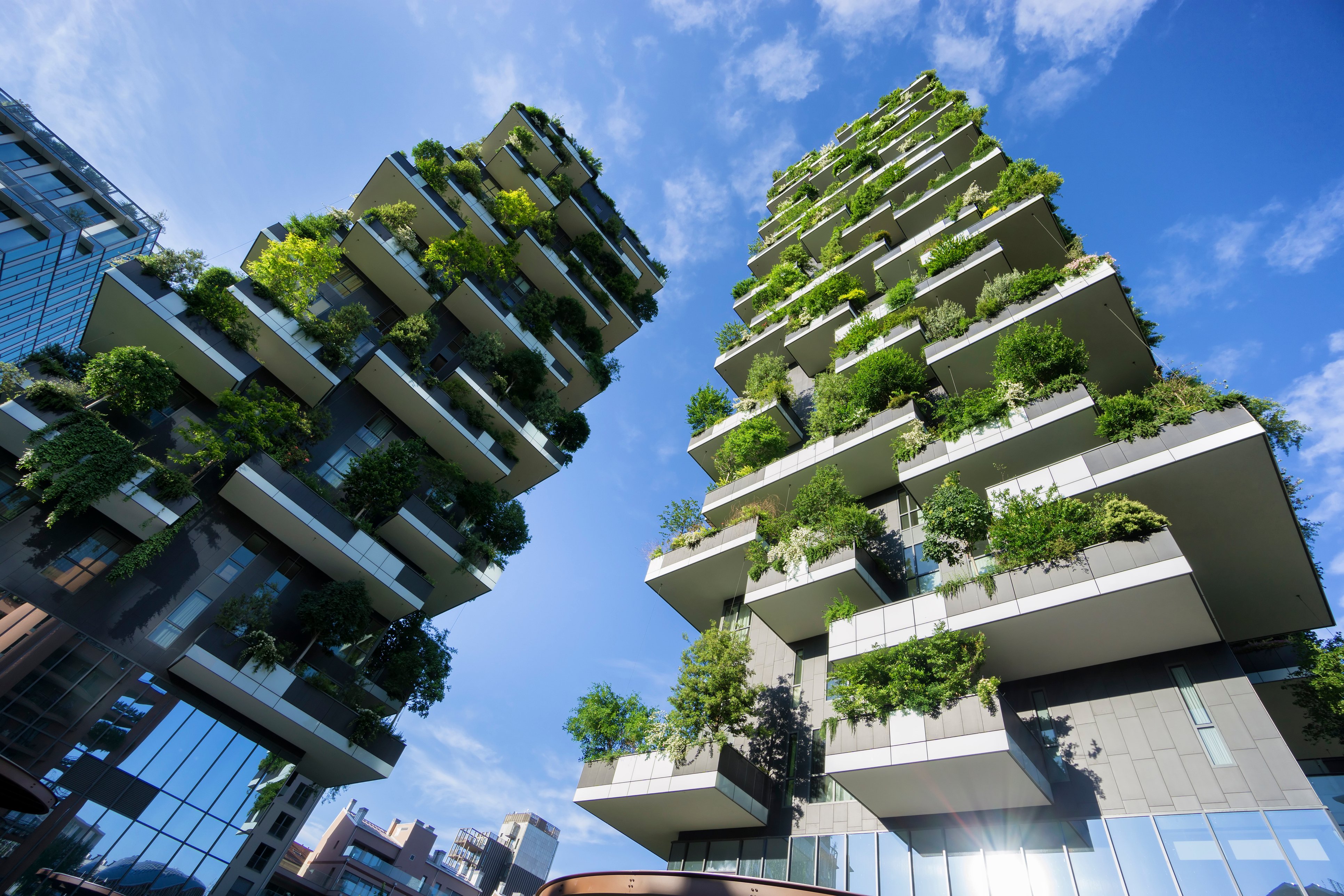Building a Greener Future: The Challenges and Opportunities of Sustainable Building Design
Sustainable and eco-friendly buildings have become increasingly important in recent years due to the growing concerns over climate change and the impact of human activities on the environment. Designing such buildings, however, presents several challenges that must be addressed to ensure that they are both sustainable and functional. In this article, we will explore some of the challenges and opportunities that come with designing sustainable and eco-friendly buildings.
The first challenge in designing sustainable and eco-friendly buildings is finding the right materials. Traditional building materials such as concrete and steel are often not environmentally friendly due to their high carbon footprint. Thus, architects and builders must look for alternative materials that are more sustainable and have a lower environmental impact. Some of the most promising materials include bamboo, recycled wood, and natural stone. Bamboo is a fast-growing, renewable resource that can be used to make lightweight and durable building materials. Recycled wood is another excellent option as it reduces the need for cutting down new trees. Natural stone is a durable material that can be sourced locally, reducing transportation costs and carbon emissions.
The second challenge in designing sustainable and eco-friendly buildings is energy consumption. Buildings account for a significant portion of global energy consumption, and reducing this consumption is crucial to achieving sustainability goals. One way to achieve this is by using passive design strategies. Passive design strategies include features such as orientation, shading, and insulation, which can help to reduce the need for heating and cooling. Orientation involves positioning the building to take advantage of natural light and heat from the sun. Shading involves using features such as overhangs or awnings to reduce heat gain in the summer months. Insulation involves using high-quality insulation materials to reduce heat loss in the winter.
The third challenge in designing sustainable and eco-friendly buildings is water consumption. Water is a precious resource, and designing buildings that use water efficiently is essential to achieving sustainability goals. Some strategies for reducing water consumption include using low-flow fixtures, collecting rainwater for irrigation, and incorporating water-efficient landscaping. Low-flow fixtures such as toilets, faucets, and showerheads can significantly reduce water usage without sacrificing performance. Rainwater harvesting involves collecting rainwater and storing it for later use in irrigation or other non-potable uses. Water-efficient landscaping involves using plants that require less water and designing the landscape to capture and retain water.
The fourth challenge in designing sustainable and eco-friendly buildings is waste management. Building construction and demolition generate a significant amount of waste, and managing this waste is essential to achieving sustainability goals. One way to reduce waste is by using prefabricated construction methods. Prefabricated construction involves manufacturing building components off-site and assembling them on-site, reducing waste and the environmental impact of transportation. Another way to reduce waste is by incorporating recycling and composting systems into the building design. Recycling and composting systems can help to divert waste from landfills and turn it into valuable resources.
Despite the challenges of designing sustainable and eco-friendly buildings, there are also many opportunities. The first opportunity is innovation. The need for sustainable and eco-friendly buildings has led to the development of new technologies and materials that can reduce the environmental impact of buildings. For example, there are now solar panels that can be incorporated into building materials such as roofing tiles, reducing the need for separate solar panels. There are also new insulation materials made from recycled materials such as denim or sheep's wool, which are more sustainable than traditional insulation materials.
The second opportunity is cost savings. Sustainable and eco-friendly buildings can save money over the long term through reduced energy and water consumption. While the initial construction costs may be higher than traditional buildings, the savings from reduced energy and water bills can quickly add up. Additionally, sustainable buildings may qualify for tax credits and other incentives, further reducing the overall cost.
The third opportunity is public perception. Sustainable and eco-friendly buildings are becoming increasingly popular, and designing such buildings can enhance a company or individual's public image. Consumers are increasingly aware of the environmental impact of their purchases and are more likely to choose companies or individuals who prioritize sustainability. Thus, designing sustainable and eco-friendly buildings can help businesses and individuals attract customers and stand out in a crowded market.
The fourth opportunity is regulation. Many governments around the world are introducing regulations and incentives to encourage the construction of sustainable and eco-friendly buildings. For example, the Leadership in Energy and Environmental Design (LEED) certification program in the United States provides guidelines and incentives for sustainable building design. Similarly, the European Union has introduced regulations such as the Energy Performance of Buildings Directive, which sets energy efficiency standards for new buildings and renovations.
In conclusion, designing sustainable and eco-friendly buildings presents several challenges, including finding the right materials, reducing energy and water consumption, managing waste, and overcoming cost barriers. However, there are also many opportunities, including innovation, cost savings, public perception, and government regulation. As the world becomes more aware of the impact of human activities on the environment, sustainable and eco-friendly buildings will become increasingly important, and architects and builders who can successfully navigate these challenges and opportunities will be at the forefront of the industry.
Labels: civil, envirinment, Interesting, nature, Technology


0 Comments:
Post a Comment
Subscribe to Post Comments [Atom]
<< Home